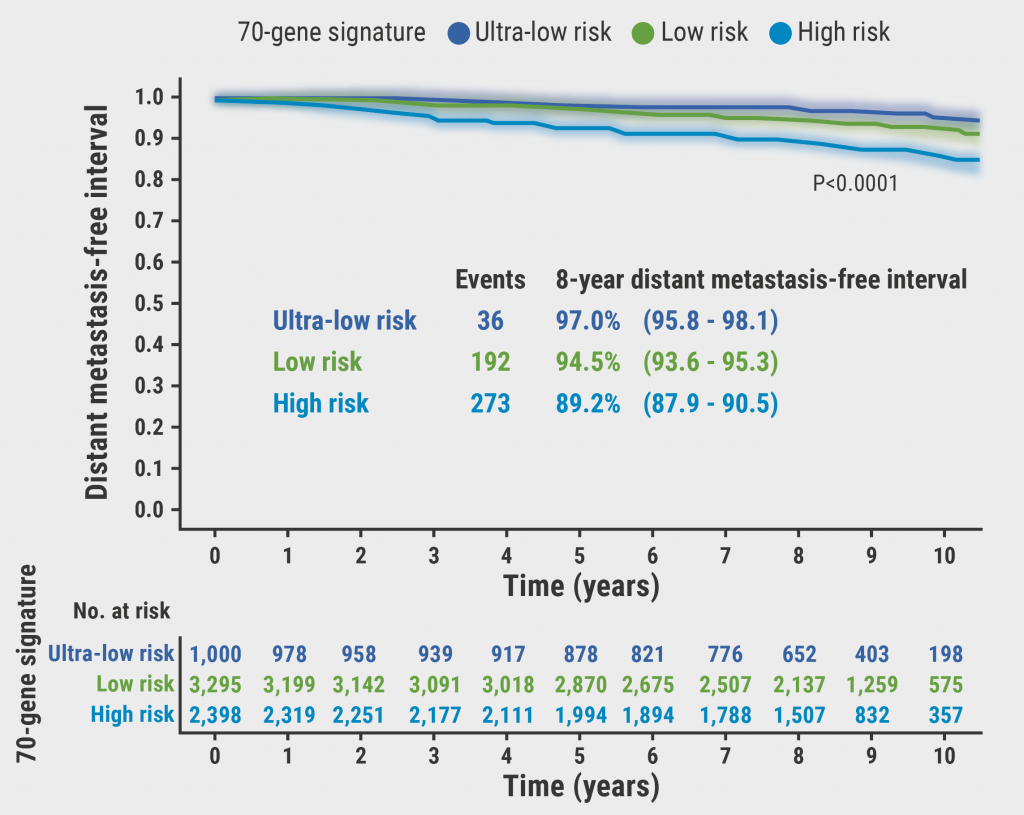Targeting cytosolic nucleic acid sensing pathways and the Type I interferon response is an emerging therapeutic strategy in oncology. PARP7 is a member of the poly-ADP-ribose polymerases (PARP) enzymes and acts as a brake on the cellular stress response by negatively regulating the Type I interferon response. PARP7 expressed in cancer cells blocks anti-tumour immunity and is, therefore, a potential novel therapeutic target. RBN-2397 is a potent, selective inhibitor of PARP7 that could potentially release the brake on the anti-tumour immunity. In preclinical models, RBN-2397 restored Type I interferon signalling in tumours, caused complete tumour regressions, and induced adaptive immunity [1].
Dr Gerald Falchook (Sarah Cannon Research Institute at HealthONE, CO, USA) presented the results of the first-in-human phase 1 study (NCT04053673) of RBN-2397 in patients with solid tumours [2]. Patients (n=47) were treated with RBN-2397 on either a continuous or 14-of-21-day intermittent schedule using a 3 plus 3 dose-escalation design; 25 patients were treated with the intermittent schedule (25 to 500 mg twice daily) and 22 patients with the continuous schedule (100 to 400 mg twice daily). Most common cancer types were breast cancer (n=8), lung cancer (n=7), endometrial cancer (n=4), colon cancer (n=4), and pancreatic cancer (n=4). The primary objective was to establish maximum tolerated dose, dose-limiting toxicity, and the recommended phase 2 dose. Secondary objectives were to characterise the safety profile of RBN-2397, preliminary anti-tumour activity, and to examine pharmacokinetics of micronised tablets.
The most frequent treatment-related adverse events (all grades) were dysgeusia (36%), decreased appetite (16%), fatigue (14%), and nausea (12%). Grade 3/4 treatment-related adverse events all occurred in 8 patients (16%) at doses ≥200 mg: diarrhoea (n=2 ), anaemia (n=2), fatigue (n=1), increased AST (n=1), neutropenia (n=1), and thrombocytopenia (n=1). The maximum tolerated dose was 400 mg twice daily on a continuous dosing schedule, recommended phase 2 dose was 200 mg twice daily on a continuous dosing schedule with micronised tablets.
In 5 evaluable tumour biopsy pairs, increases in interferon-stimulated gene expression were observed post RBN-2397, consistent with activation of Type I interferon. An increase was observed in immune response-related genes and CD8+ T cells in a patient with metastatic squamous non-small cell lung cancer (NSCLC) who has been on study for >16 months. One patient with HR-positive, HER2-negative breast cancer achieved a confirmed partial response at 100 mg RBN-2397, and 9 patients had stable disease for over 4 months. At data cut-off, 3 patients had an ongoing response. In the expansion phase, which is currently ongoing, patients with squamous NSCLC, HR-positive breast cancer, and PARP7-amplified tumours are included.
- Vasbinder MM, et al. Tumour Biol. 2020;80:DDT02-01
- Falchook GS, et al. A first-in-human phase 1 study of a novel PARP7 inhibitor RBN-2397 in patients with advanced solid tumours. Abstract 3000, ASCO 2021 Virtual Meeting, 4–8 June.
Copyright ©2021 Medicom Medical Publishers
Posted on
Previous Article
« Molecular tumour profiling impacts the diagnosis and treatment of solid tumours Next Article
Neoadjuvant nivolumab plus chemotherapy improves surgical outcomes in NSCLC »
« Molecular tumour profiling impacts the diagnosis and treatment of solid tumours Next Article
Neoadjuvant nivolumab plus chemotherapy improves surgical outcomes in NSCLC »
Table of Contents: ASCO 2021
Featured articles
Downloadable 1-Page Editor-Selected Trial PowerPoint Slides
Breast Cancer
Excellent prognosis for breast cancer patients with ultra-low-risk gene signature
Olaparib benefits early breast cancer patients with BRCA1/2 germline mutation
Platinum-based adjuvant chemotherapy in TNBC is not superior or non-inferior to capecitabine
Dalpiciclib benefits patients with HR-positive, HER2-negative advanced breast cancer
Trastuzumab-deruxtecan showed clinical activity in patients with brain metastases
Lung Cancer
Neoadjuvant nivolumab plus chemotherapy improves surgical outcomes in NSCLC
Immune-related adverse events are associated with efficacy of atezolizumab in patients with advanced NSCLC
Sustained efficacy of nivolumab/ipilimumab plus 2 cycles of chemotherapy in NSCLC
Patritumab deruxtecan (HER3-DXd) in EGFR TKI-resistant NSCLC
Melanoma
Long-term results from ground-breaking melanoma trials
Novel dual checkpoint blockade improves progression-free survival in melanoma
Neoadjuvant therapy with nivolumab plus relatlimab is safe and effective in patients with stage III melanoma
Genitourinary Cancers
VISION trial shows improved survival with 177Lu-PSMA-617 in mCRPC
Abiraterone added to ADT + docetaxel nearly doubles survival in de novo mCSPC
Post-nephrectomy pembrolizumab improves disease-free survival
Glutaminase inhibitor telaglenastat does not improve survival mRCC
Promising efficacy and safety of feladilimab in recurrent/metastatic urothelial carcinoma
Gastrointestinal Cancers
Pembrolizumab benefits survival in MSI-H/dMMR metastastic colorectal cancer
Panitumumab added to 5-FU/LV effective as maintenance therapy in patients with mCRC
Trastuzumab-deruxtecan showed promising activity in patients with HER2-expressing mCRC
Benefit of both I-O/chemo combo and I-O/I-O combo over chemotherapy alone in oesophageal squamous cell cancer
Benefit of I-O/chemo combo over chemotherapy alone in advanced GC/GEJC/EAC
Perioperative chemotherapy and neoadjuvant multimodality therapy appear equally effective
Haematological Cancers
Olutasidenib demonstrates efficacy in patients with relapsed/refractory IDH1 mutant AML
Acalabrutinib as effective but better tolerated than ibrutinib in CLL
Gynaecological Cancers
Adjuvant chemotherapy does not improve outcome in patients with locally advanced cervical cancer
Novel drug combination for recurrent ovarian cancer
Dual HER2-blockade shows anti-tumour activity in patients with uterine cancer
Paediatric Cancer
Molecular tumour profiling impacts the diagnosis and treatment of solid tumours
Circulating tumour DNA to evaluate response in children with neuroblastoma
Basic Science
PARP7 inhibitor shows promising results in first-in-human trial
IACS-6274 is well tolerated and biologically active in selected advanced tumours
CYT-0851 shows promising anti-tumour activity across different tumour types
© 2024 Medicom Medical Publishers. All rights reserved. Terms and Conditions | Privacy Policy
HEAD OFFICE
Laarderhoogtweg 25
1101 EB Amsterdam
The Netherlands
T: +31 85 4012 560
E: publishers@medicom-publishers.com


